My artwork probably wouldn't exist in the form it's in now, if it weren't for alluvial fans and river deltas being formed by sediment deposition in nature - I suppose that isn't the same thing as soil art, but as long as the imagery is a result of or inspired by natural processes, then my vote is still "YES". Thank you for posting!
I love how unique and beautiful his imagery is! I do wish he was a bit more scientific about his processes, but I suppose a healthy portion of "let's just see what happens" is necessary in science!
I'm just glad someone's working on it, because I have no idea! 😅
I agree, thank you, and you are very welcome!
Between the 2 factions (covert and overt), we seem to be covering a lot so far! There aren't many doing the covert, just a few in large cities, but hopefully the mainstream acceptance will increase that, as well. I actually just realized a (completely unrelated) firm has bought the URL ecograffiti.com. ...Not sure how I feel about that, exactly, but trying to stay positive. It would be much better if that firm actually DID eco-graffiti, but oh well.
Oh, and here's how they're doing this! https://www.wikihow.com/Make-Moss-Graffiti
Mt. Rushmore is a great example of the other side of that, thank you!
Me too! Yarn's not really "permanent", but it's way more permanent than spore cultures, and I love that about these. Plus you can pick them up and handle them without wanting to wretch. lol
Thank you!
Thank you, and I'm glad it's working! I made a Jupiter one also, and you're welcome to keep it and swap them out from time to time if you want, maybe I'll make some more! Oh, and animated banners also work, just confirmed!
Thank you!
Thank you, I about lost it when I realized you could do this over here...
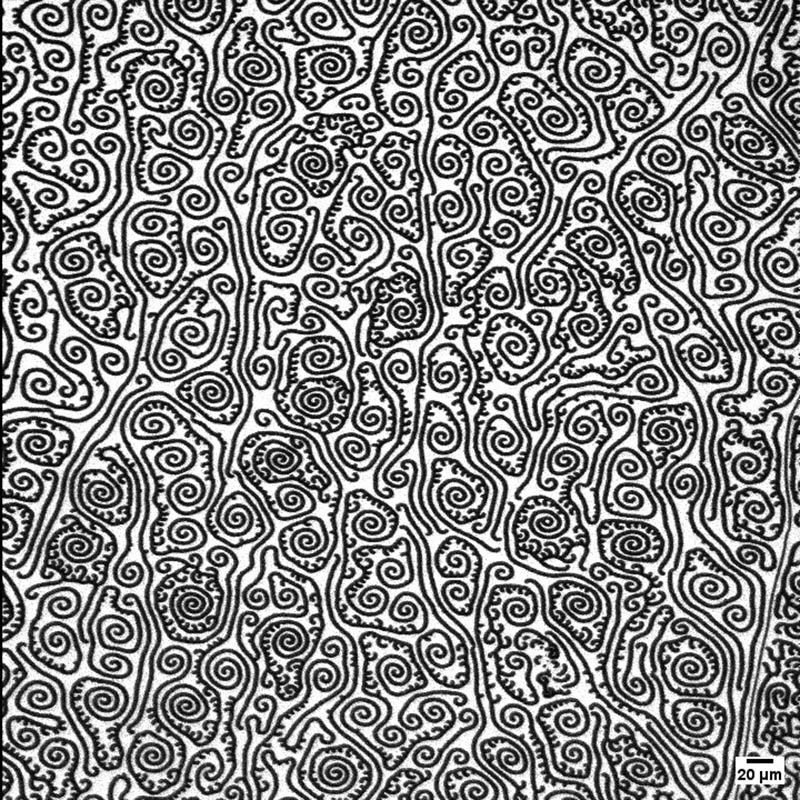


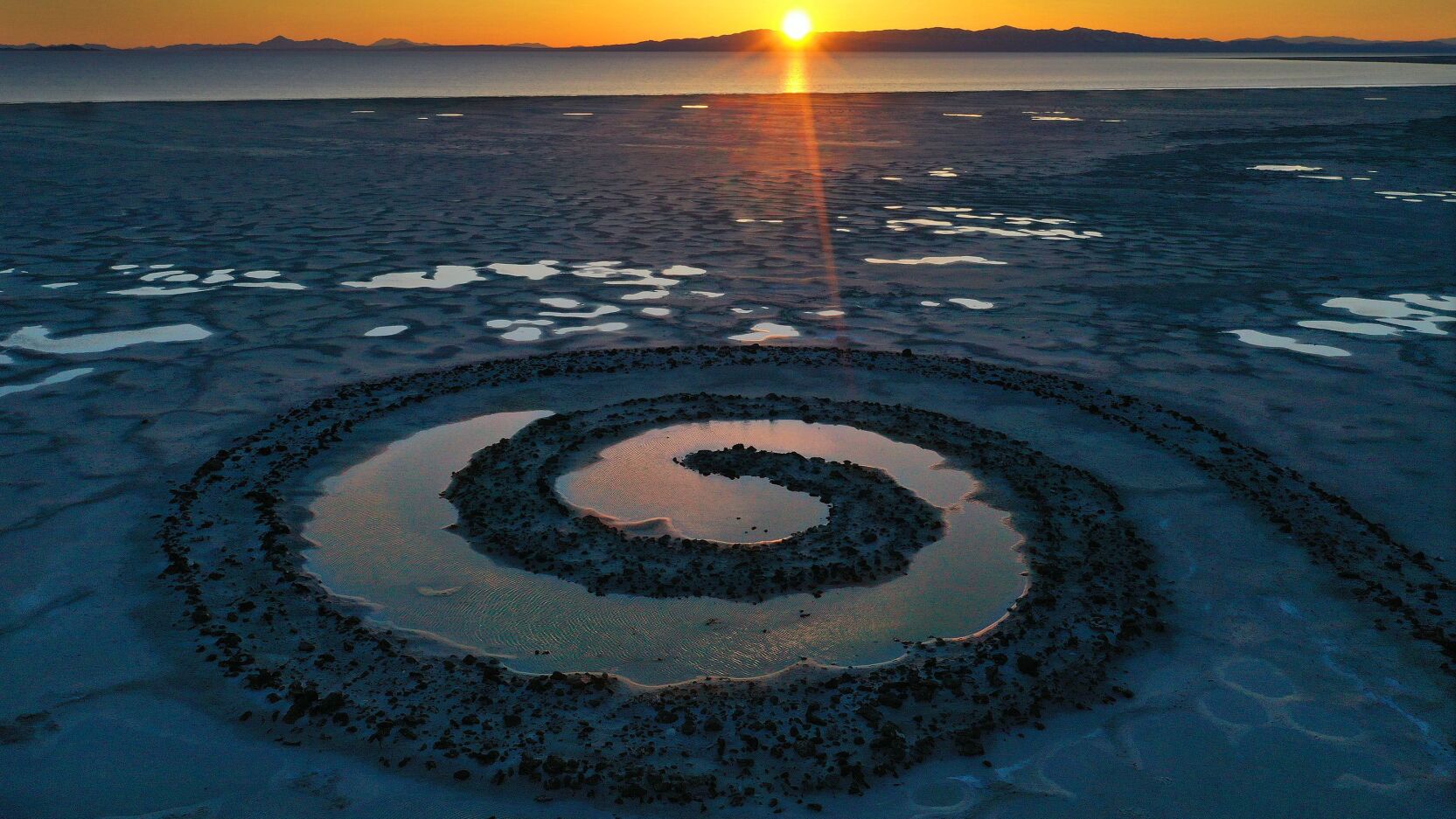
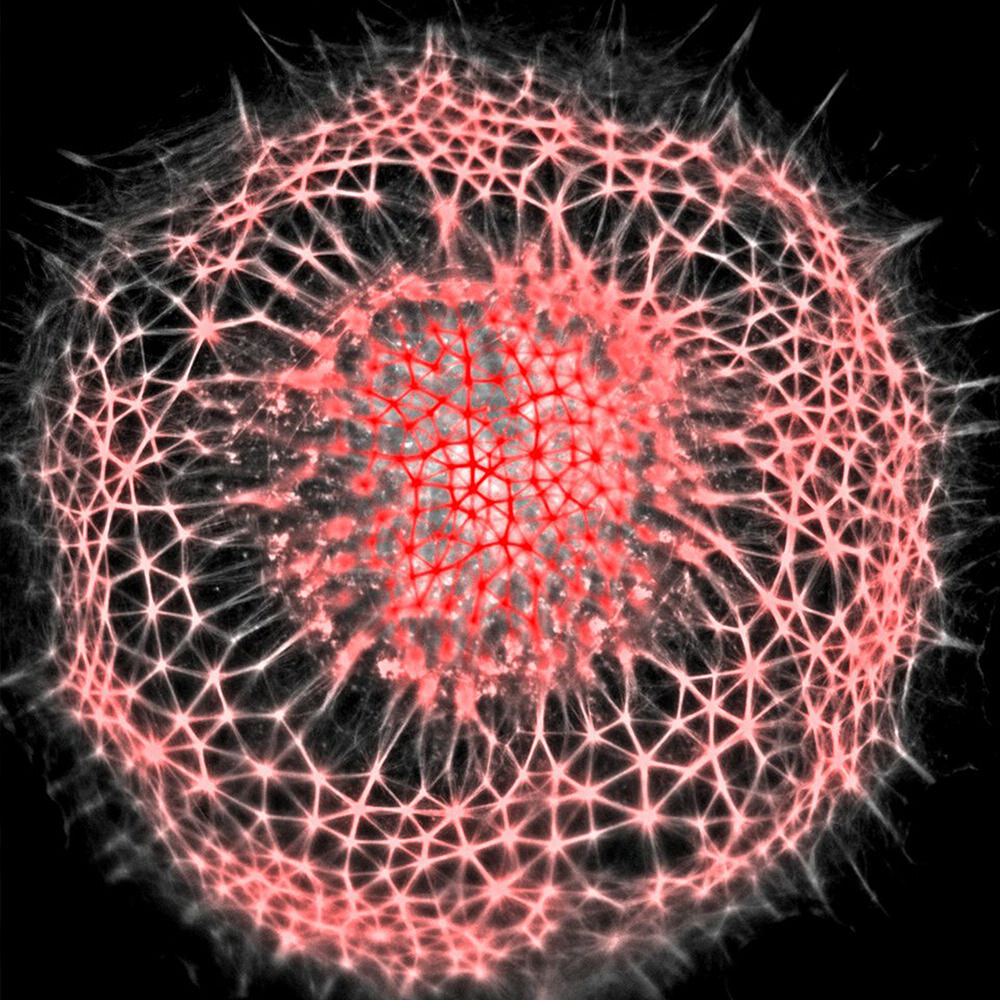
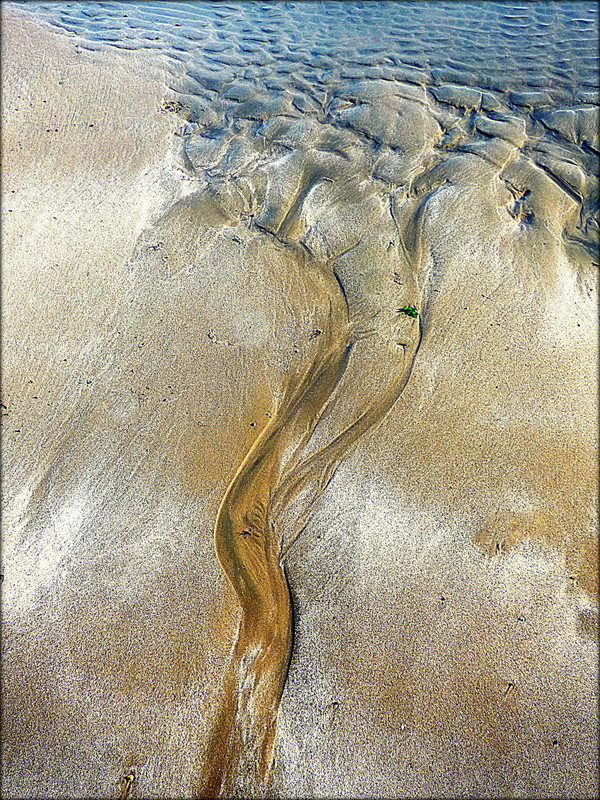
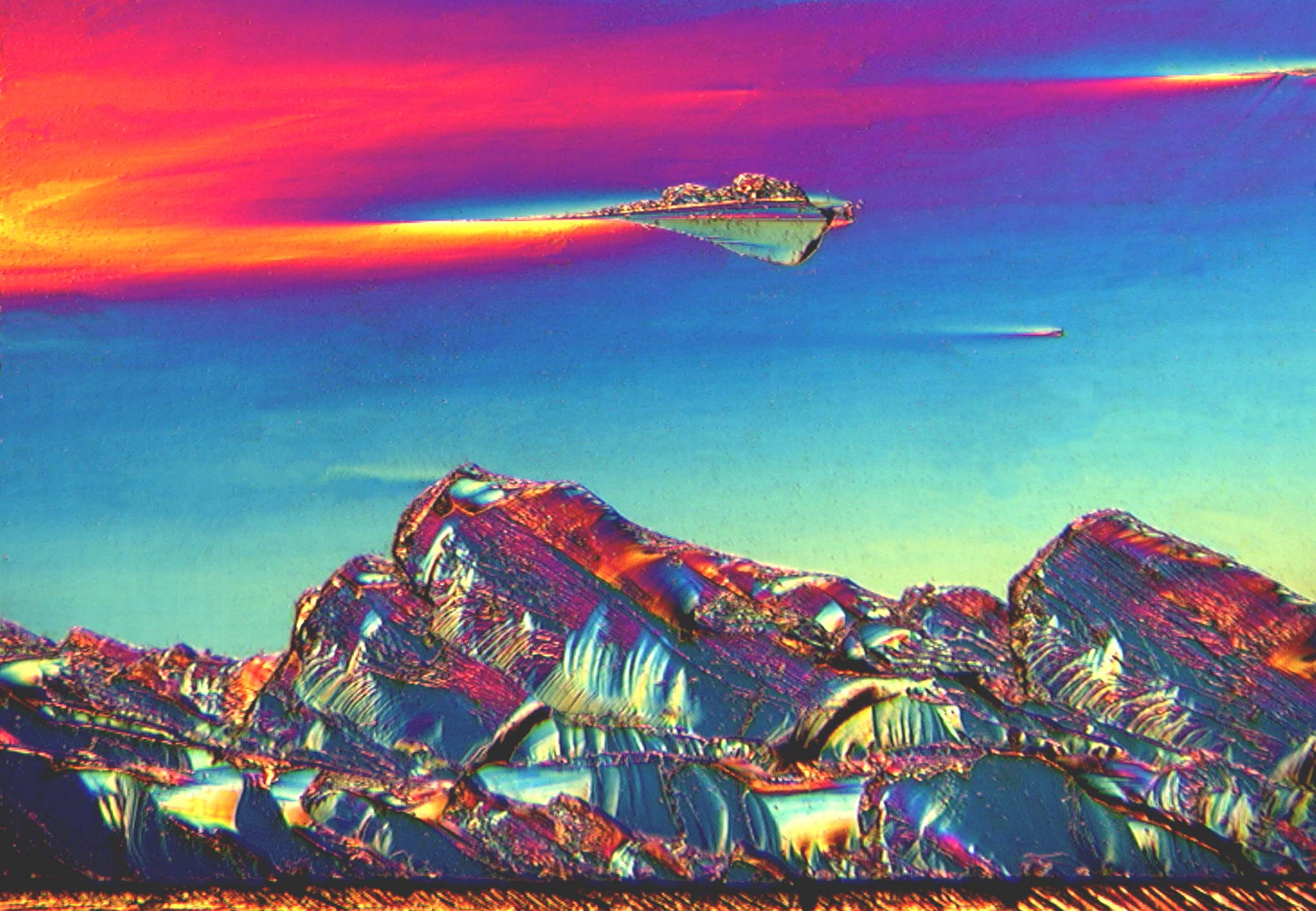
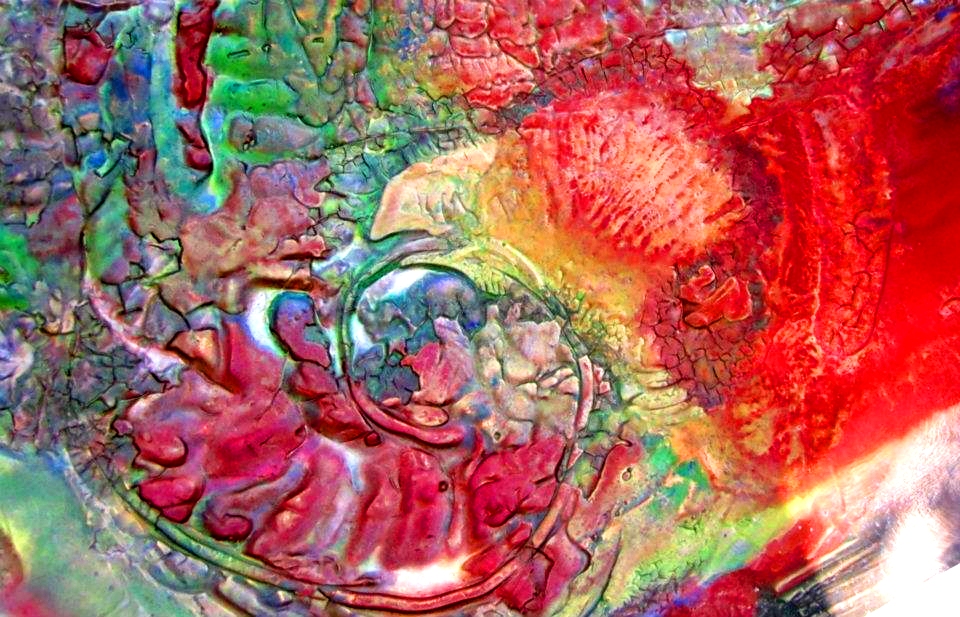


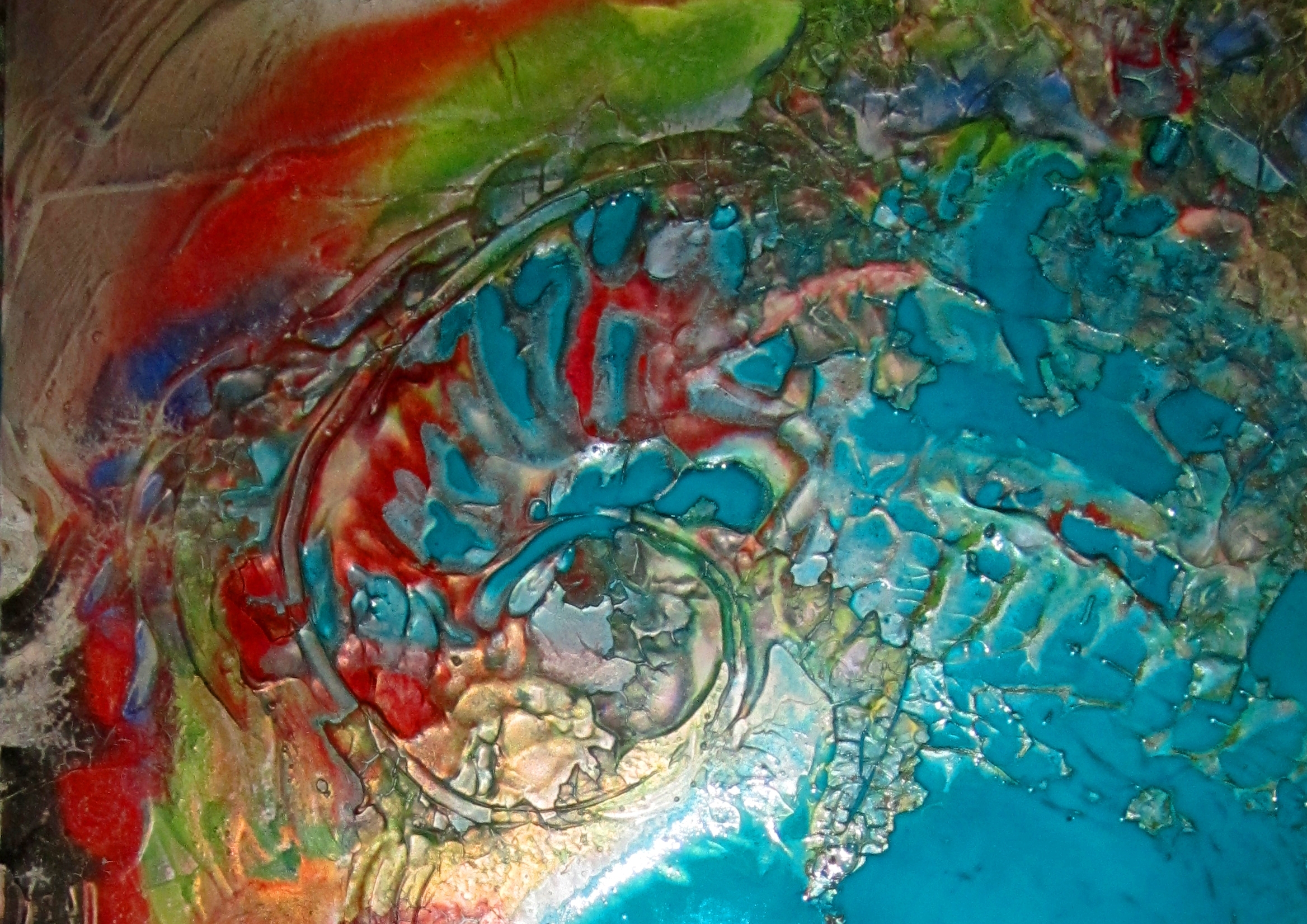



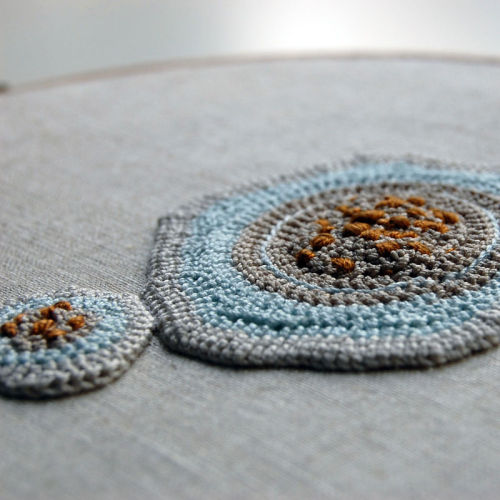


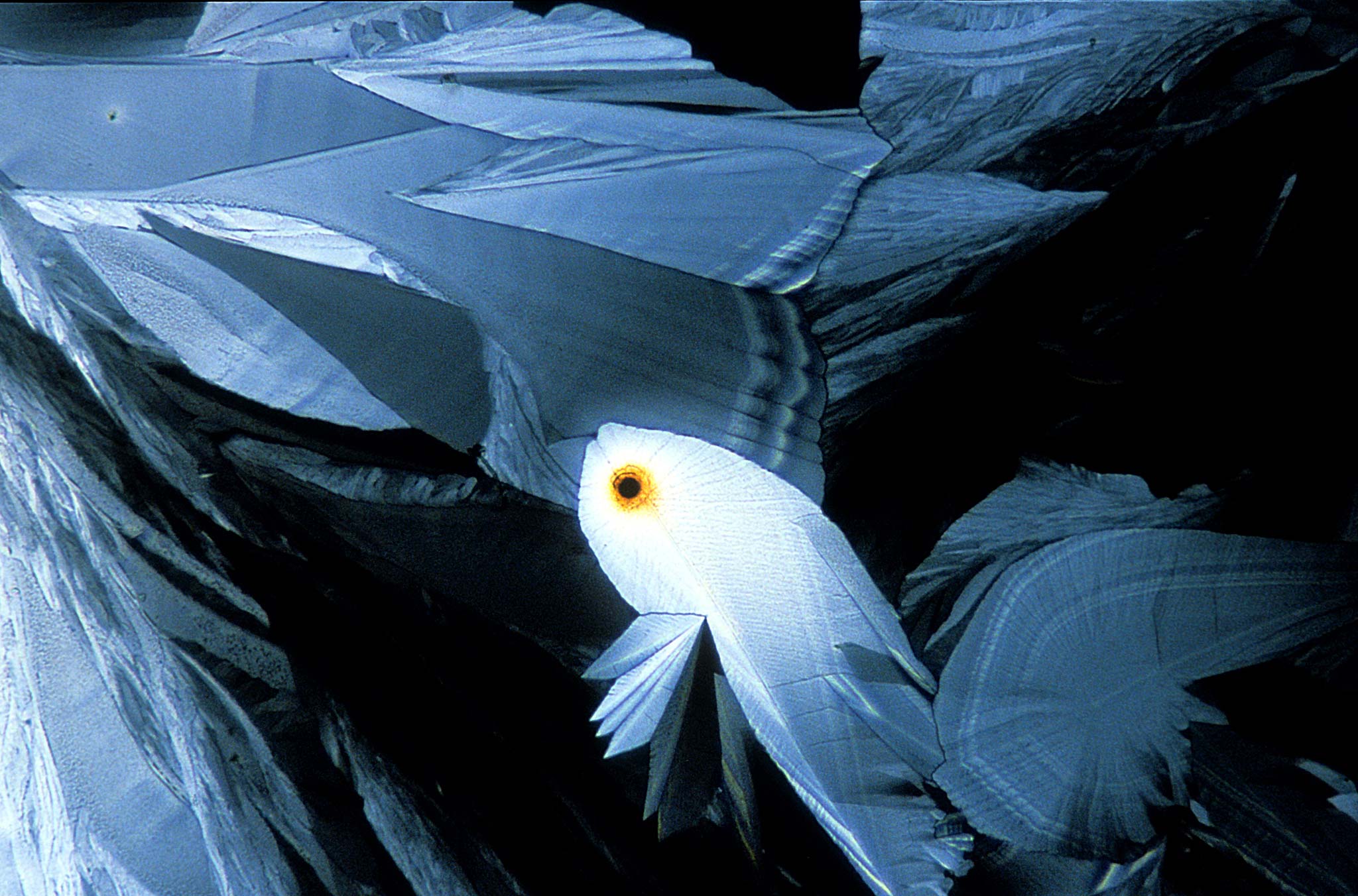
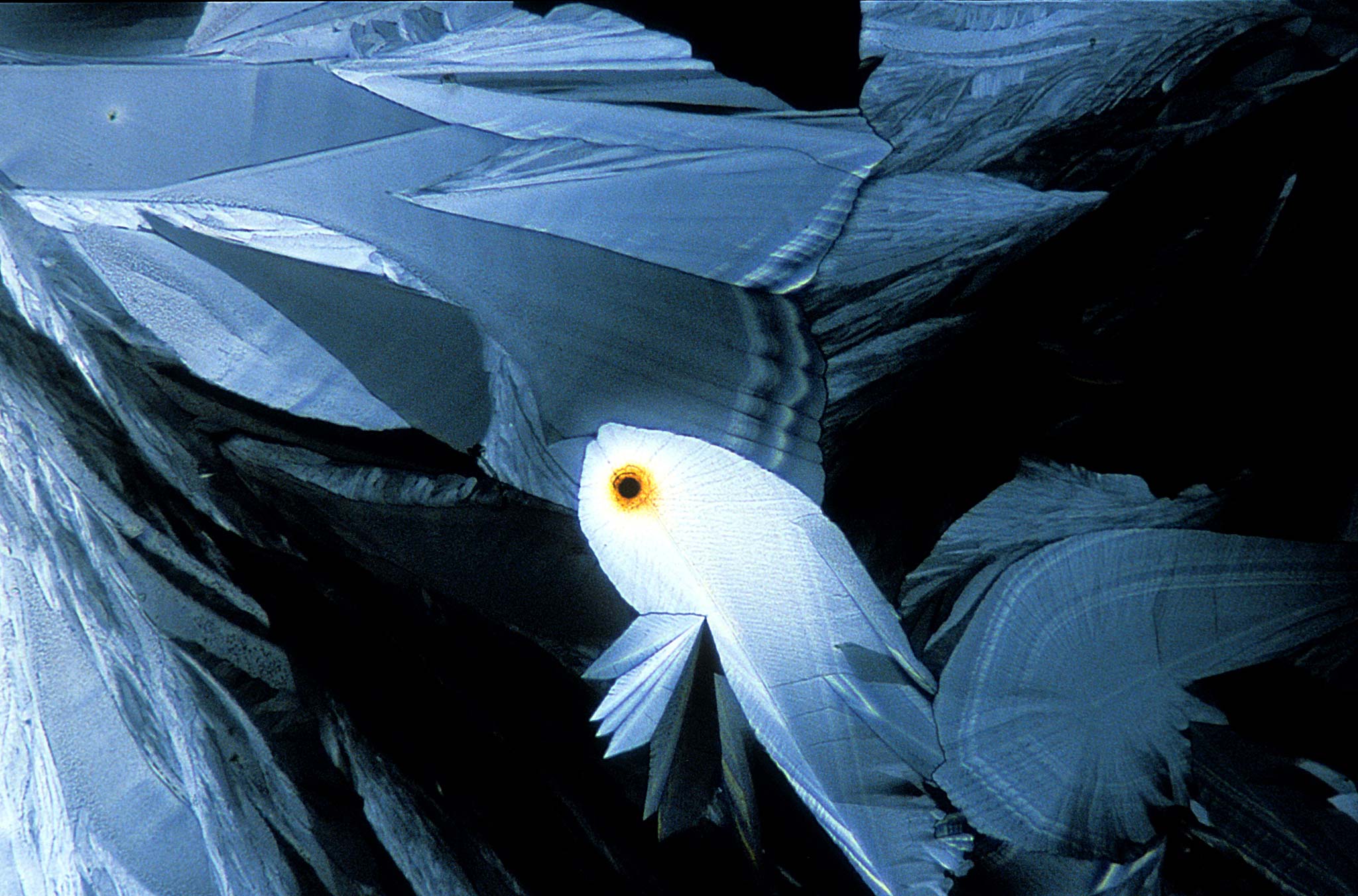
I love it when the imaging process is every bit as fascinating and awe-inspiring as the process it illuminates!